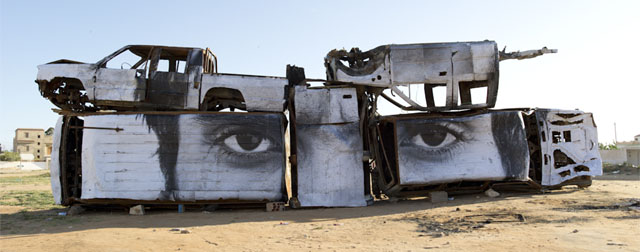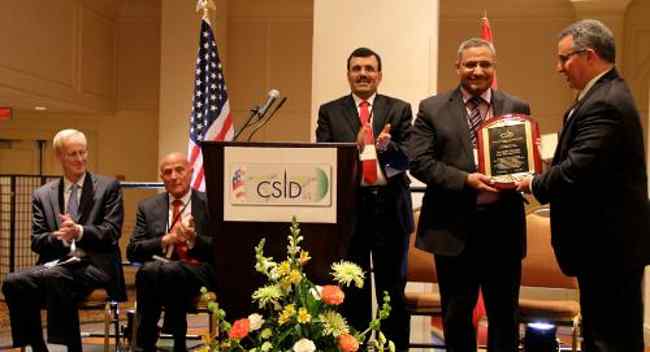What Artocracy Means for People in Tunisia
Artocracy in Tunisia is an art project initiated by Slim Zeghal and Marco Berrebi, created with a group of Tunisian photographers that include Sophia Baraket, Rania Dourai, Wissal Dargueche, Aziz Tnani, Hichem Driss and Hela Ammar.
In early March, an artist and TED Prize winner JR announced his wish to turn the world “Inside Out.” Through his InsideOut Project, JR invited people around the globe to share a photo portrait – along with a statement about what they stand for – and paste the pictures in their communities.
A group of photographers and organizers in Tunisia were the first to participate in an InsideOut community project, which they named Artocracy.
[ Also Read: Baltimore Revisits First Bloodshed of the Civil War ]Through Artocracy, six Tunisian photographers – joined by JR and his team – traveled the country in late March to take pictures and display images of more than 100 Tunisians who represent the nation’s diversity: men and women of every age, profession, cultural background, and geographic location.
“For the first large street exhibition in a new Arab democracy, the pasting promised to be surprising and the confrontation with art not always simple,” said JR. “There is nothing better to understand the weight of traditions, and the willingness to change them, than to post big portraits in the symbolic places of the revolution.”
The team of photographers and pasters spent the first day in La Goulette and the second in Tunis, where the pictures were taken down. The group then moved on to Sidi Bouzid, an isolated region where the revolution began, to work with those who helped start the revolution.
[ Announcement: Thought Leaders Invited to Write for RMN News Site ]From there the team traveled to Sfax, Sidi Bouzid, and Le Kram where they met with men and women to discuss the InsideOut Project, raise objections, and eventually paste photos and share the concept with neighbors.
“This project gave hope that Tunisia will become a country as open to art as Spain after Franco or Berlin after the wall was taken down,” said JR.
The information was released by TED Conferences today, April 14.
In the picture above: Sculpture made with the first police cars burnt during the Tunisian revolution, in Sidi Bouzid.




